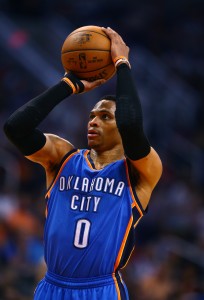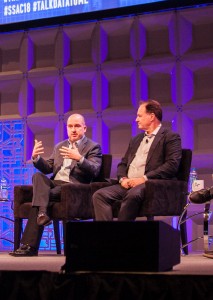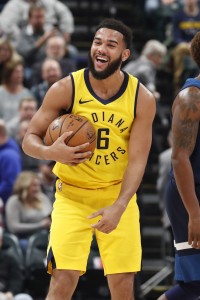Teams that still have disabled player exceptions at their disposal for the 2017/18 season have less than a week to make use of those exceptions. Typically, disabled player exceptions must be used by March 10 of a given league year, but since that date falls on a Saturday this year, the deadline is extended until Monday, March 12. If a team doesn’t use its DPE by that date, it will expire.
As we detailed earlier this season in a glossary entry, a disabled player exception can be granted by the NBA when a team has a player go down with an injury deemed to be season-ending. The exception gives the club some extra cap flexibility to add an injury replacement by signing a player to a one-year contract, trading for a player in the final year of his contract, or placing a waiver claim on a player in the final year of his contract.
The deadline for teams to apply for a disabled player exception was January 15. Seven clubs received DPEs this season, with three of those clubs having used them already. Here’s that list:
- Boston Celtics
- Received $8,406,000 DPE for losing Gordon Hayward.
- Used to sign Greg Monroe.
- Brooklyn Nets
- Received $6,000,000 DPE for losing Jeremy Lin.
- Used to trade for Dante Cunningham.
- Detroit Pistons
- Received $5,248,660 DPE for losing Jon Leuer.
- Used to trade for James Ennis.
That leaves just four teams that still have their disabled player exceptions. These four clubs will see their DPEs disappear if they’re not used by March 12:
- Miami Heat
- Received $5,500,000 DPE for losing Dion Waiters.
- Los Angeles Clippers
- Received $2,756,757 DPE for losing Patrick Beverley.
- Utah Jazz
- Received $2,625,000 DPE for losing Thabo Sefolosha.
- New Orleans Pelicans
- Received $2,480,899 DPE for losing Alexis Ajinca.
While it’s still possible that one or two of these teams will use their disabled player exceptions, those exceptions are less useful at this point in the season. The trade deadline has passed, ruling out the possibility of using the DPE in a trade. And any player placed on waivers at this point wouldn’t be eligible for the postseason, limiting the appeal of using the DPE for a waiver claim.
That leaves free agents, and there simply aren’t there many unsigned players out there who would be worth more than the minimum salary. Veterans like Derrick Rose and Tony Allen remain available, but they started the season on minimum salary deals before being waived, so it’s not as if they’d warrant more lucrative contracts now.
Ultimately, it seems likely that the remaining four disabled player exceptions will expire without being used, but we’ll keep an eye on them through next Monday, just in case.


